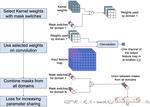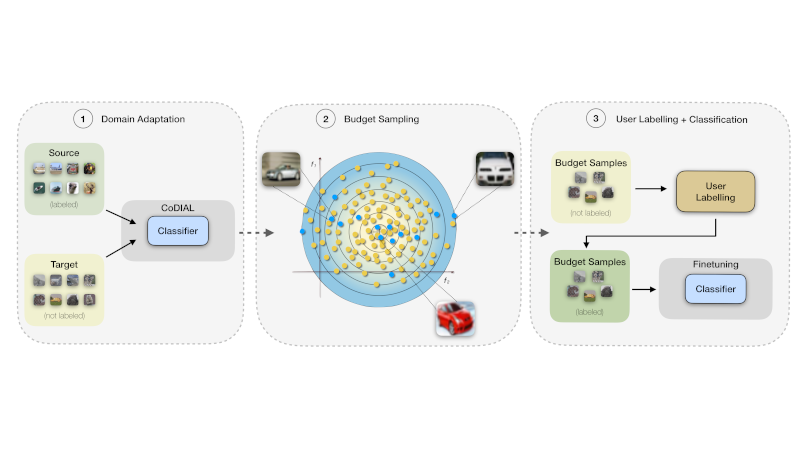Hello!
I’m an Associate Professor in the Department of Computing at the Federal University of São Carlos, campus of Sorocaba, Brazil. Here you’ll get to know more about me and my work. My research and teaching activities are mainly in the areas of Computer Vision, Deep Learning, Image Processing, Information Retrieval, Machine Learning, and Pattern Recognition. Feel free to explore my publications and please contact me if you have any questions or ideas for collaboration! I’m actively looking for prospective students interested in these areas who wish to pursue undergraduate or graduate studies. Get me in touch, if you would like to write your BSc, MSc or PhD thesis under my supervision.
Download my resumé.
Recent
Posts
Featured Publications
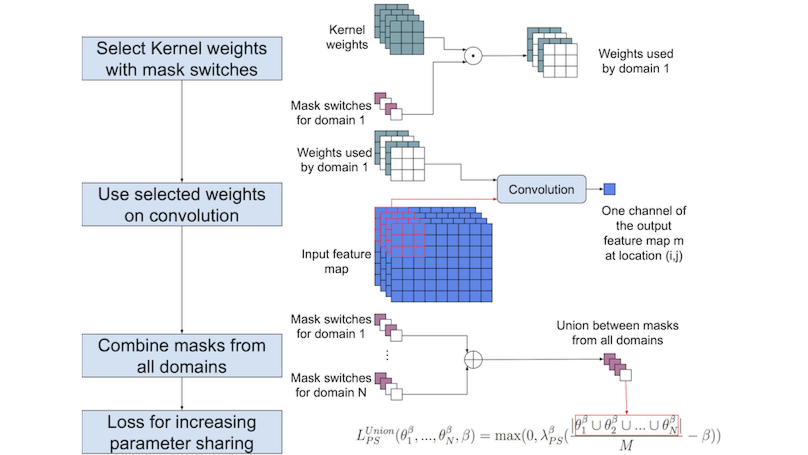
In this paper, we addressed the multi-domain learning problem. We propose to prune a single model for multiple domains, making it more compact and efficient. To do so, we encourage multiple domains to share convolutional filters, enabling us to prune weights not used by any of the domains at test time.
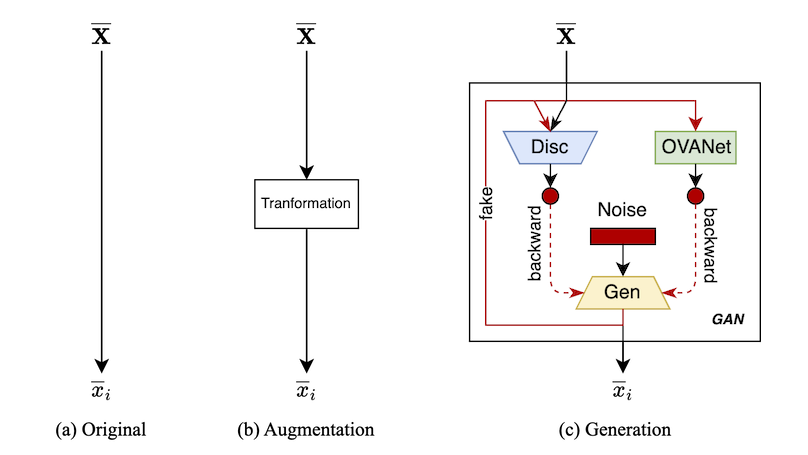
In this paper, we addressed the open-set domain adaptation (OSDA) problem. We propose three new approaches to improve OSDA methods by using unknown samples to tighten the classification boundaries of the model.

This paper introduces Transferable-guided Attention (TransferAttn) model, a novel ViT for unsupervised domain adaptation (UDA). To improve the transferability of ViT, we propose Domain Transferable-guided Attention Block (DTAB), a new attention mechanism that improves adaptation and domain transferability.
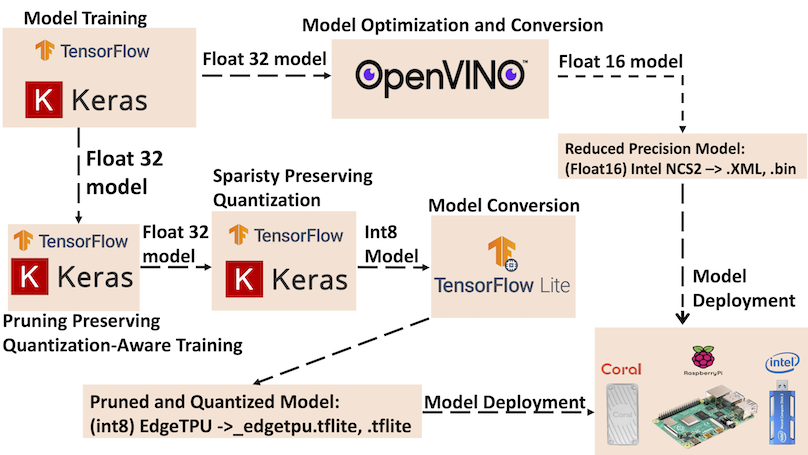
In this work, we leverage the use of an embedded device (Raspberry Pi 4B) and perform aggressive model compression by means of pruning-quantization aware training (PQAT) in addition of hardware acceleration devices to perform real-time image classification of leaf diseases using thermal camera.
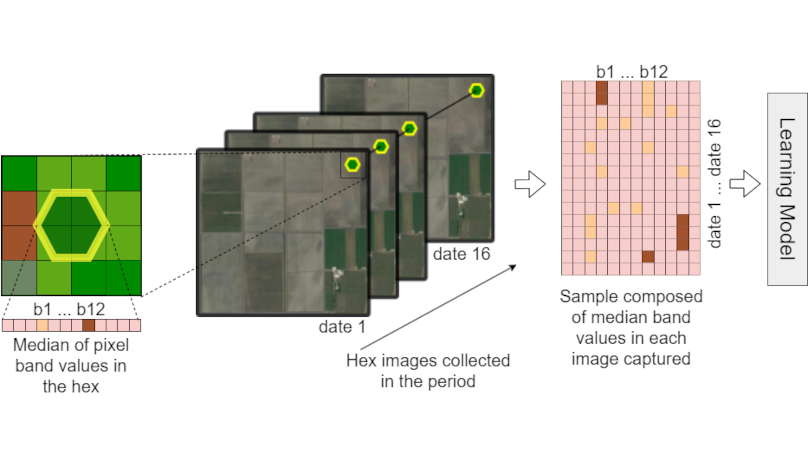
In this work, we introduce a new dataset of productive fields based on agriculture machine’s operation combined with Sentinel-2 images collected over a period of time, enabling to training highly accurate prediction models that automatically detect productive crop fields.
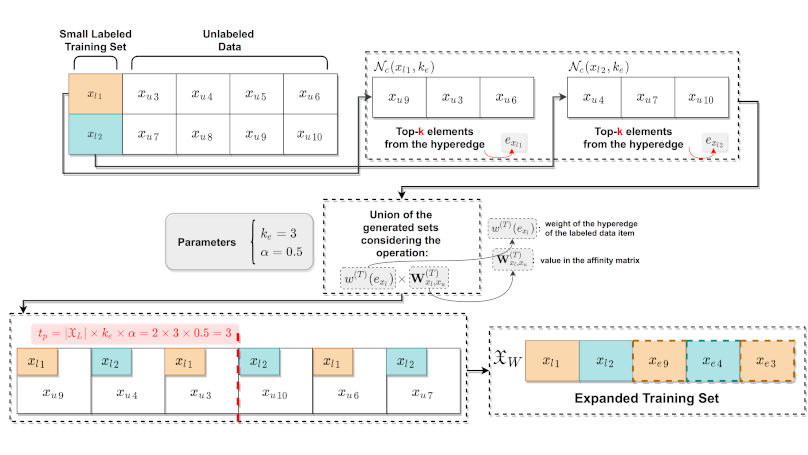
In this work, we propose a weakly supervised approach for classification scenarios where only small labeled sets are available. It exploits hypergraph structures based on ranking information to identify and select reliable similarity relations between pairs of labeled-unlabeled data.
Recent Publications
Contact
- jurandy.almeida@ufscar.br
- +55 15 3229-7522
- Rodovia João Leme dos Santos, km 110 - SP-264, Sorocaba, SP 18052-780
- Enter the CCGT building and take the stairs to Office 1102 on the 2nd floor
- Book an appointment
- Skype Me
- Zoom Me









